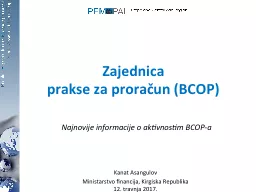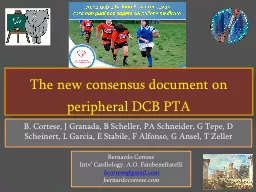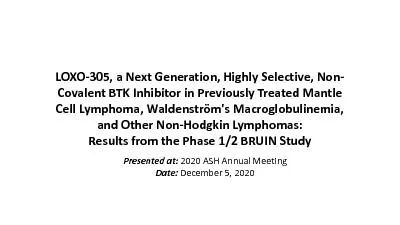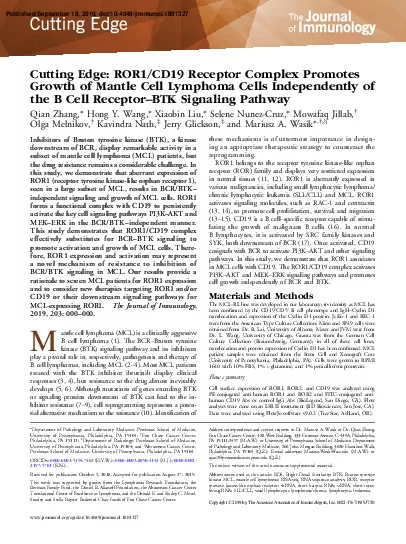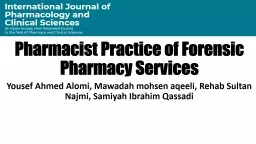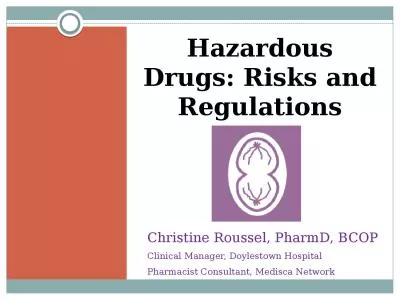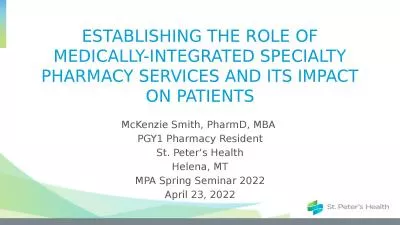PPT-Pharmacist Focus on BTK Inhibitors Moderator Shilpa Paul, PharmD, BCOP
Author : ellena-manuel | Published Date : 2019-10-31
Pharmacist Focus on BTK Inhibitors Moderator Shilpa Paul PharmD BCOP Clinical Pharmacy Specialist Leukemia The University of Texas MD Anderson Cancer Center Houston
Presentation Embed Code
Download Presentation
Download Presentation The PPT/PDF document "Pharmacist Focus on BTK Inhibitors Moder..." is the property of its rightful owner. Permission is granted to download and print the materials on this website for personal, non-commercial use only, and to display it on your personal computer provided you do not modify the materials and that you retain all copyright notices contained in the materials. By downloading content from our website, you accept the terms of this agreement.
Pharmacist Focus on BTK Inhibitors Moderator Shilpa Paul, PharmD, BCOP: Transcript
Download Rules Of Document
"Pharmacist Focus on BTK Inhibitors Moderator Shilpa Paul, PharmD, BCOP"The content belongs to its owner. You may download and print it for personal use, without modification, and keep all copyright notices. By downloading, you agree to these terms.
Related Documents






